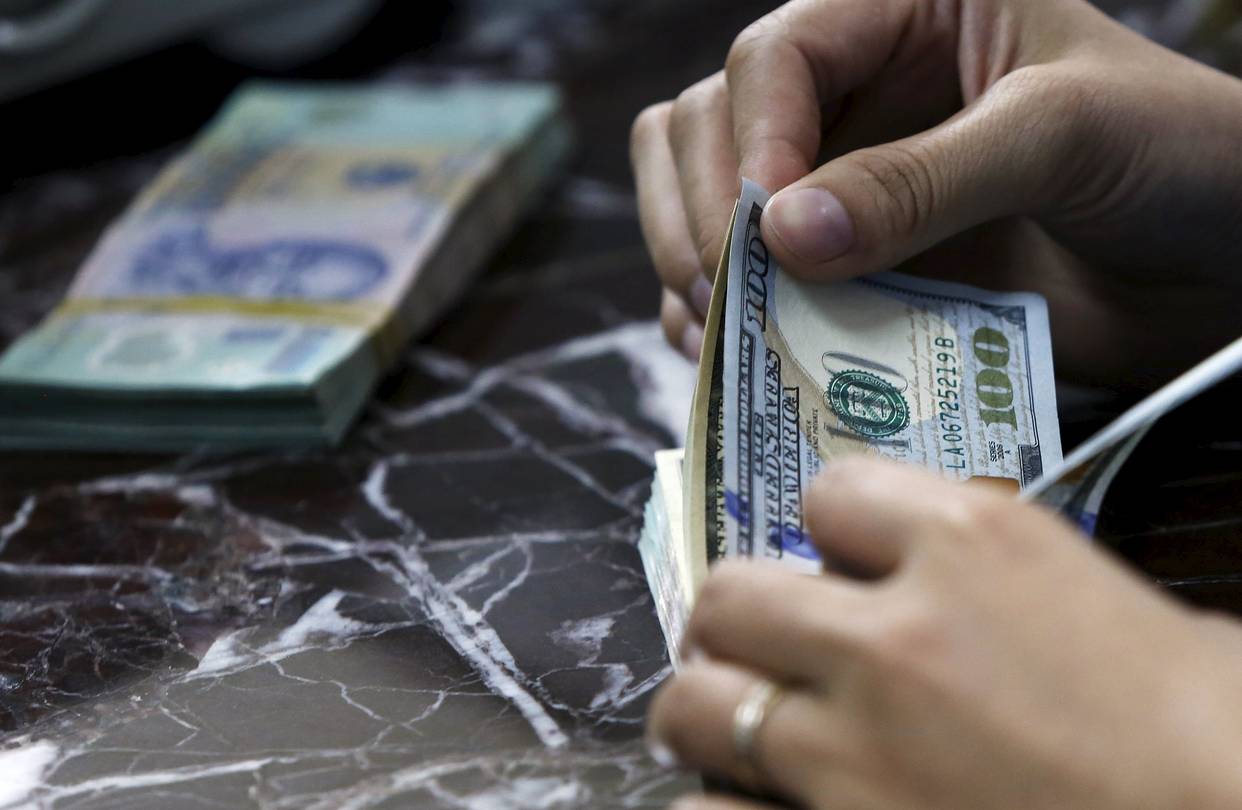One of the biggest hurdles of foreign investment is multiple forex rates since investors cannot be sure of the value of their investment when they intend to repatriate it out of the country, a member of Tehran Chamber of Commerce, Industries, Mines and Agriculture said.
“Achieving a high economic growth rate is not possible without attracting foreign investment which will not happen unless necessary infrastructure such as a unified forex rate is provided,” Seyyed Reza Haji-Aqamiri was also quoted as saying by IBENA.
The official noted that the government can control forex rates since most of the currencies come from oil sales collected by the government while the share of non-oil exports is not considerable, therefore the Central Bank of Iran and the government can always determine the forex rate.
“Governments always endeavor to control the forex rate to prevent the depreciation of their national currency. However, the forex rate should be in tandem with the supply and demand dynamic,” he added.
Haji-Aqamiri further said that if the forex rate is unified but not adequate, resources cover the demand for foreign currency and multiple rates will appear again.
Iran adopted single exchange rates in the past only to return to dual or multiple rates when economic conditions worsened due to sanctions or unstable circumstances.
“Last December, when the US dollar changed hands for 42,000 rials in Tehran’s market, the government could have kept it in that range, but they had to bring down the rate as a result of market pressures,” he said.
Iran currently uses two exchange rates: the free market rate that stood at 37,600 rials to the US dollar on Saturday and another official exchange rate for a number of state transactions. The CBI has fixed the official rate at 32,446 rials.
In order to unify the two rates, the government began to gradually increase the official exchange rate for it to come closer to the unofficial market rate and tried to shorten the list of imports eligible to receive forex at the official rate.
All major economic officials, including CBI Governor Valiollah Seif and Economy Minister Ali Tayyebnia, had repeatedly promised that the forex rate will be unified by the end of the last fiscal year (ended March 20, 2017).
However, due to the currency market volatility in the final months of 2016, which saw the rial hitting record lows against the greenback (reaching 42,000 rials to the dollar in the free market in late December), those plans were put on hold indefinitely.
The business community and experts have demanded that the government unify the exchange rates and stop its forex market intervention for propping up the rial.


